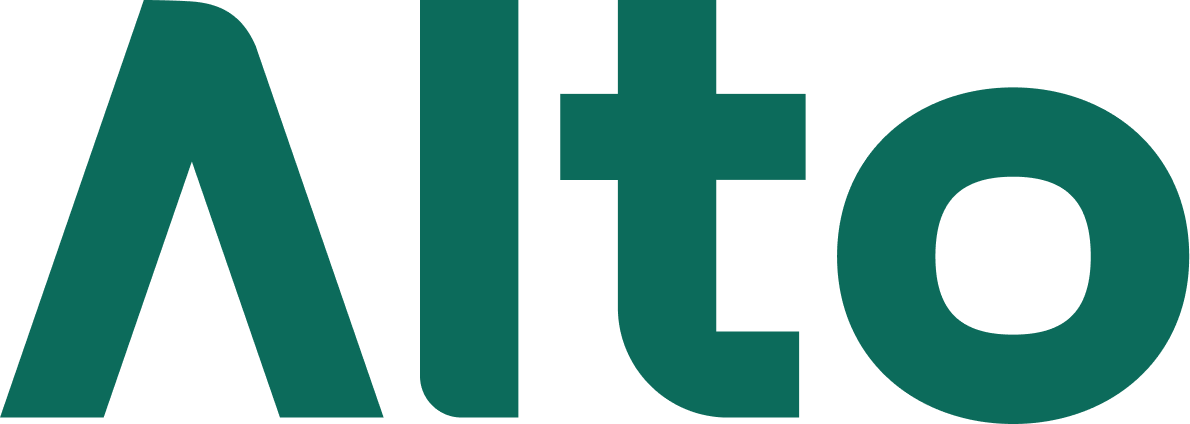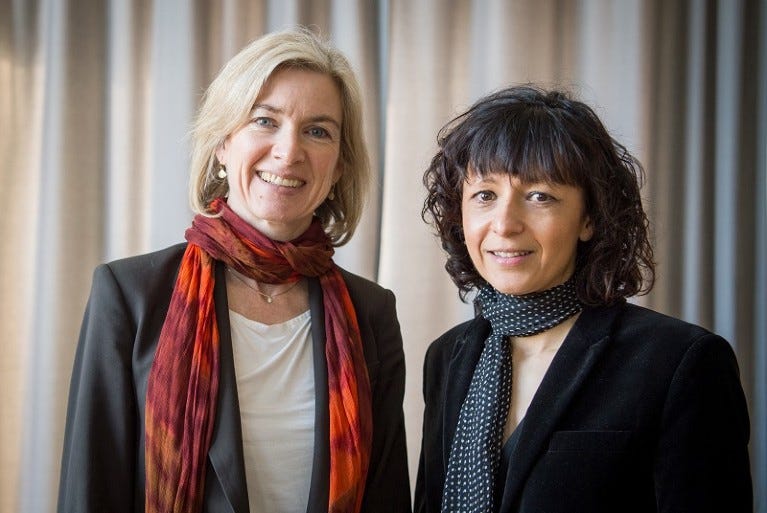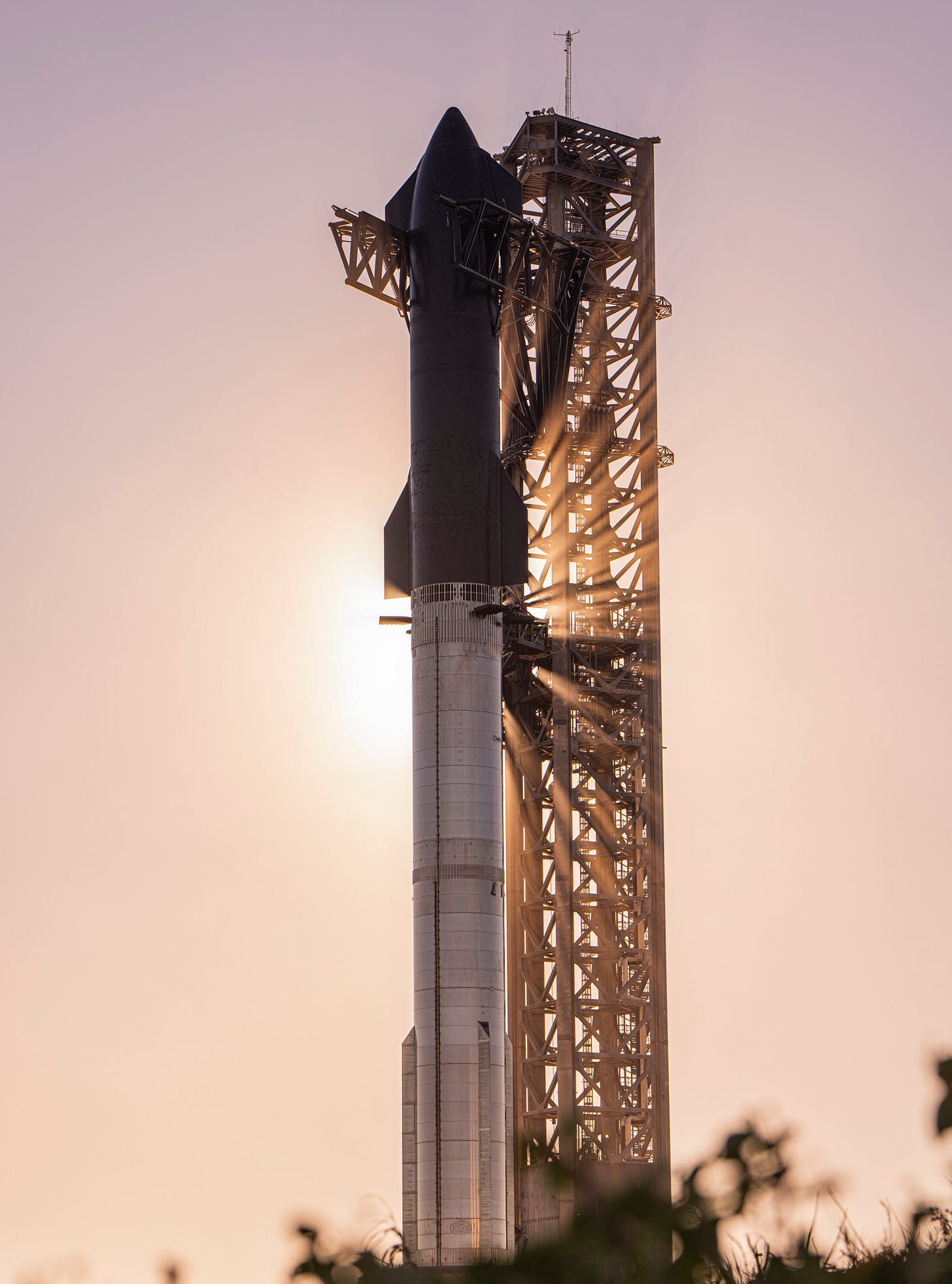Weekly Dose of Optimism #69
CRISPR, Batkid, GraphCast, Nuclear Pledge, Starship, AoM5
Hi friends 👋,
Happy Friday and welcome back to our 69th Weekly Dose of Optimism. Nice.
Weeks like this make my job easy. On Wednesday, Packy sent me about 7 links in the span of 15 minutes all of which could easily make the cut for the WDoO.
And they just keep coming. People have been losing their shit over tldraw. Meta released Emu Video and Emu Edit. The UK is showing restraint in AI regulation. Crypto isn’t dead, after all. I’m sure something else happened while I was writing this. But at some point, you just have to get to it, so…
Let’s get to it.
Today’s Not Boring is brought to you by… Alto
Alto allows individuals to invest in alternative assets with their retirement funds through a self-directed IRA. I love and use Alto because I can diversify my portfolio, all the while minimizing my tax burden by investing out of tax-advantaged retirement accounts. It’s a win-win. My accountant father-in-law is very proud of me for this type of long-term financial planning.
Alternative assets (real estate, private credit, VC funds, crypto, fine art, etc.) have long been thought of as reserved for the ultra-rich and professional investors. Alto set out to change that in 2018 when it launched its platform designed to streamline access to alternative assets for individual investors wanting to invest their retirement funds.
That last part is important (and what makes Alto a no-brainer in my opinion), because investing in alternative assets with funds earmarked for retirement means you’re investing for the future with assets that have a longer time horizon and greater potential upside while also claiming tax benefits.
Alto just launched Alto Marketplace, a capital raise platform that connects individual accredited investors to leading funds and exclusive opportunities. If you’re allocating to alternatives, consider investing in a tax-advantaged way and check out Alto.
First regulatory authorization of a CRISPR-based gene-editing therapy in the world -CASGEVY is indicated for the treatment of sickle cell disease in patients 12 years of age and older with recurrent vaso-occlusive crises.
This is a big one. In 2020, Jennifer Doudna and Emmanuelle Charpentier won the Nobel Prize in Chemistry for their work on CRISPR-Cas9, a method for precise genome editing. Now, a CRISPR-based therapy has been approved for use in patients.
You likely kind of know what CRISPR is already but as a quick refresher: CRISPR works like molecular scissors, allowing scientists to precisely edit specific parts of a cell's DNA. CRISPR turns developing therapeutics into something like a coding challenge.
CRISPR holds enormous potential, but given its relative nascency, regulatory hurdles, and safety considerations, its application in actual treatments has remained limited to clinical trials, until now.
CASGEVY’s authorization is the first regulatory approval of a CRISPR-based therapy in the world, a huge milestone for biotech and medicine. The therapy was developed by CRISPR Therapeutics and Vertex, the rational drug design company that Elliot and Packy covered in their piece on Atomic AI.
CASGEVY is designed to treat sickle cell disease (SCD) and transfusion-dependent beta thalassemia (TDT), both severe genetic blood disorders. According to the press release, “In two global clinical trials of CASGEVY in SCD and TDT, the trials met their respective primary outcome of becoming free from severe vaso-occlusive crises or transfusion independent for at least 12 consecutive months. Once achieved, these benefits are potentially expected to be life-long.”
While SCD and TDT patients stand to benefit most from this approval, this development paves the way for similar CRISPR-based treatments across a wide array of genetic disorders. It’s also a big win for gene therapies more broadly after decades of ups and downs, and eventually, a huge win for humanity. For a deeper analysis on the latest in CRISPR, Elliot had a great breakdown here.
(2) 10 years ago, Batkid was battling bad guys and cancer — now he's 15 and healthy
Chloe Veltman for NPR
The Make-A-Wish Foundation, a non-profit that grants wishes to children who are seriously ill, partnered with the City of San Francisco to organize the adventure for Miles, who had been battling acute lymphoblastic leukemia since he was just 18 months old. According to the Yale School of Medicine, the disease is the most common type of childhood cancer. Survival rates used to be low, but these days children with the disease have up to a 90% chance of going on to lead a healthy life.
Batkid! Most childhood celebrities struggle with adjusting to the realities of life. Partying. Cocaine. Bad haircuts. But Batkid? He’s spent the last ten years of his post-fame life beating cancer! Batkid is beating cancer like Batman beats crime.
At the time of Batkid’s Make-A-Wish day, he was 5 and had been battling acute lymphoblastic leukemia for over 3 years. Acute lymphoblastic leukemia, which is the most common type of childhood cancer, use to have low survival rates. It’s the same cancer that Emily Whitehead was the first to beat with CART-19 therapy in Elliot’s recent piece, Medicine’s Endgame!
Thanks to advancements in targeted drug therapies, CAR-T cell therapies, and precision medicine over the last couple of decades, survival rates for children now exceed 90%.
(3) GraphCast: AI model for faster and more accurate global weather forecasting
From DeepMind
Our state-of-the-art model delivers 10-day weather predictions at unprecedented accuracy in under one minute
Guess what — it’s 62 degrees in New York city today. The sun is beating down on me through my window as I write this. I’m sweating. Earlier this week, it was 35 degrees in the city. I was freezing in my apartment. Weather, man, weather. So unpredictable.
Or at least it was. Google’s DeepMind has released a new model that predicts weather conditions up to 10 days in advance more accurately and much faster than the prevailing industry gold-standard weather simulation system. It can also offer earlier, better predictions of extreme weather, which unfortunately, will only become more important over the coming years and decades.
Weather prediction is one of man’s oldest and most vexing challenges and Google just quietly dropped a model that outperforms our previously best weather systems 99.7% of the time. Google out here just lowkey solving weather.
(4) US, UK Lead Pledge to Triple Nuclear Power by 2050 at COP28
John Ainger, Rachel Morison, and Akshat Rathi for Bloomberg
The US will lead a push at the COP28 climate summit to triple the amount of installed nuclear power capacity globally by 2050, marking a major turnaround for the controversial technology at the climate negotiations.
Maybe all of Packy’s podcasting is starting to pay off!
Is the latest sign of shifting sentiment toward nuclear power, a leaked document revealed a declaration for the World Bank and other international organizations to shift their lending and financing policies for nuclear, in an effort to triple nuclear generation by the year 20250.
According to the article, the US sees nuclear as a possible solution to slashing emissions in the developing world, namely in Africa. We’re supposedly in talks with Kenya and Ghana on new nuclear cooperation agreements. I find this interesting for two reasons: 1) In order to achieve global emissions goals, we’re going to need the fastest growing economies to decarbonize — Africa, India, etc. Increasing nuclear output in the US would be great, but it won’t necessarily further global goals. 2) This type of economic development that could further US diplomatic efforts with developing nations. China has Belt and Road (which has largely failed) and maybe the US can have Clean and Cheap, in which we support the development of nuclear plants in developing nations.
Irregardless of my fantasy diplomacy games, the narrative on nuclear is changing, which in turn will change policies, which in turn will further change the narrative. Even just 2 years ago, you could not imagine Biden attending a global climate summit and announcing major initiatives around nuclear. Greta weeps and Packy podcasts.
(5) SpaceX Starship Launch Scheduled for Saturday
We need to replace a grid fin actuator, so launch is postponed to Saturday
Back in April, SpaceX launched the first ever test-flight of Starship. The media had a field day back then, as Starship “exploded” and didn’t fully accomplish its goals. That’s partially true — on test flight one, Starship didn’t fully separate into two stages resulting in an explosion. It did, however, launch Starship, the tallest and most powerful spacecraft ever flown, and learn a lot in the process. You don’t get to Mars without blowing up a few massive rockets, as they say.
Test flight number two has, basically, the same goals. Launch Starship, separate the two stages, and take one more small step towards the Artemis Moon Mission.
When fully operational, Starship will be able to carry up to 100 people on long-duration space flights and enable the development of the Moon Base, send up a shitload of payload cheaply, and ultimately, carry humanity to our second planet. Simply put, in order to get to Mars, we need Starship.
Also, launching 400 foot rockets into Space is cool.
The launch window opens at 8am ET tomorrow morning, just in time to give us all some positive Thanksgiving dinner conversation fodder. SpaceX will have a 90 minute window to launch’er off. Tell your family, friends, and even your worst enemies to tune in: for a little while, the eyes of the world will be looking towards the stars.
BONUS: Episode 5 of Age of Miracles
Packy here for my weekly Age of Miracles shill. Episode 5 is our longest episode to date, and also my favorite yet.
In this one, we talk to founders building advanced reactors and the investors backing them. We have companies using new nuclear reactor designs to turn CO2 into hydrocarbons, build nuclear for universities, remote communities, and the DoD, and even to power humans and our machines on the Moon once Starship gets us there.
These startups face an absurdly difficult challenge, from physics and engineering to regulatory. No new reactor designs have been approved under the NRC since it took over half a century ago. It’s entrepreneurship on insane mode.
We dive into everything from physics to fundraising to business. It’s a fun one.
Listen, like, subscribe, and even comment if you’re feeling particularly nuke-pilled on Spotify, Apple, and YouTube.
That’s all for this week. If you have some time this weekend, check out Alto.
We’ll be back in your inbox on Tuesday.
Thanks for reading,
Dan + Packy





excellent work, but Irregardless is not a real word
"...an effort to triple nuclear generation by the year 20250."
Now that's some long term optimism!